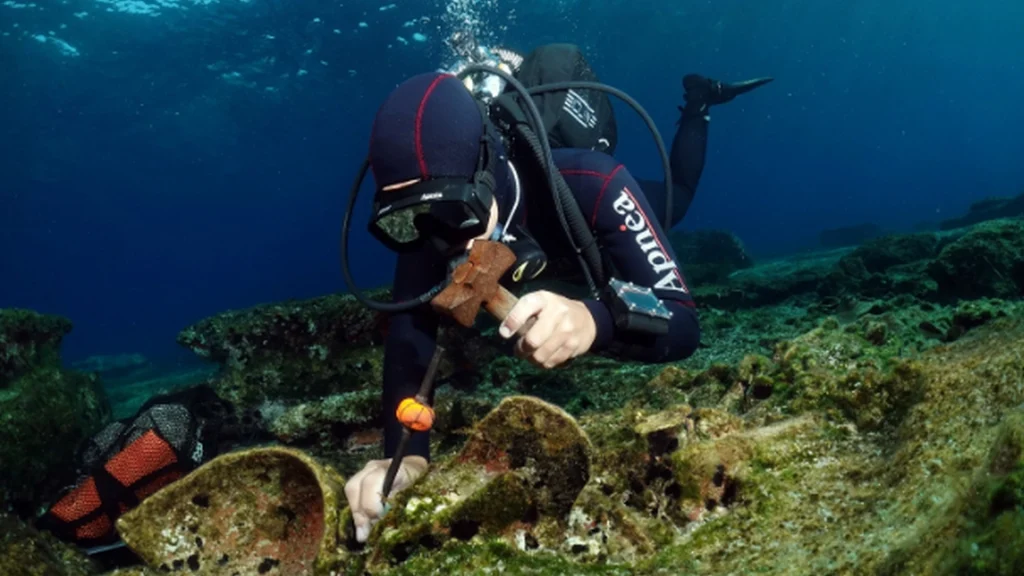Archaeologists in Malta have uncovered a rare 6th-century BCE louterion, a ceremonial wash basin.
Others are reading now
Archaeologists in Malta have uncovered a rare artifact — a rare fragment of a 6th-century BCE louterion, an ancient wash basin used in both domestic and ritual settings.
The find was uncovered during an archaeological investigation along the shore of Ballut ta’ Marsaxlokk, in the south-eastern part of the island.
The excavation was initiated as part of a project to build a boulder revetment, aimed at protecting the coastline from sea erosion.
In total, researchers have recovered 64 individual artifacts from the site, including the important louterion fragment.
Also read
Discovery of the Ancient Basin
According to Arkeonews, the term louterion refers to a vessel from the Greek Late Archaic period, traditionally used to hold water for bathing or ritual purification.
The particular fragment found in Malta is part of a basin that would have originally measured about 70 cm in diameter.
What makes this find especially remarkable is the intricate decoration on the rim of the basin, which includes images of horse-drawn chariots — a common symbol of victory and divine favor in both Greek and Etruscan contexts.
Underwater Treasure Trove
The artifact was discovered about 45 cm below the seabed in a trench.
Initially, archaeologists did not recognize the object as a louterion.
Upon closer examination, they identified characteristic features, including a neckpiece and the peak of the basin. The team believes that the objects may have been deliberately thrown into the water, perhaps as part of an ancient ritual.
The site itself is considered highly archaeologically sensitive due to the dense concentration of artifacts in a relatively small area.
Besides the louterion fragment, the team also unearthed various other items, including ceramics, metal objects, and bones from marine life and fauna.
These artifacts provide valuable insight into the people who lived in the region and their interactions with other cultures, particularly the Greeks and Etruscans, during the pre-Roman period.
In addition to the artifacts, two trenches were excavated to depths of 50 and 125 cm. One of these trenches revealed a carefully constructed limestone structure, believed to predate the discovered artifacts. While the exact age of the structure is still uncertain, further research is needed to determine its significance and how it relates to the other finds in the area.
The Superintendence for Cultural Heritage Malta (SCH), which is overseeing the excavation, plans to continue investigating the site in the coming months.


